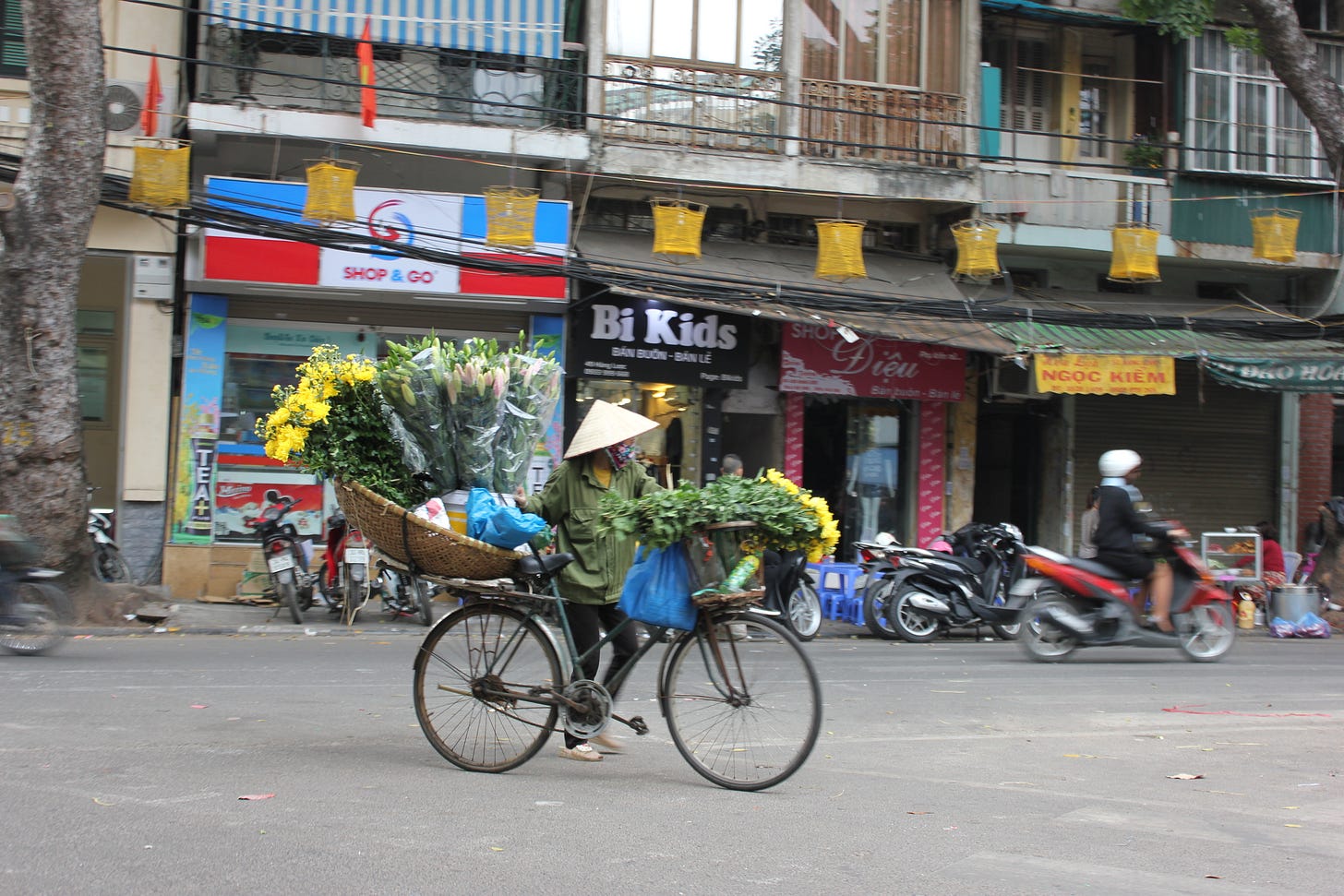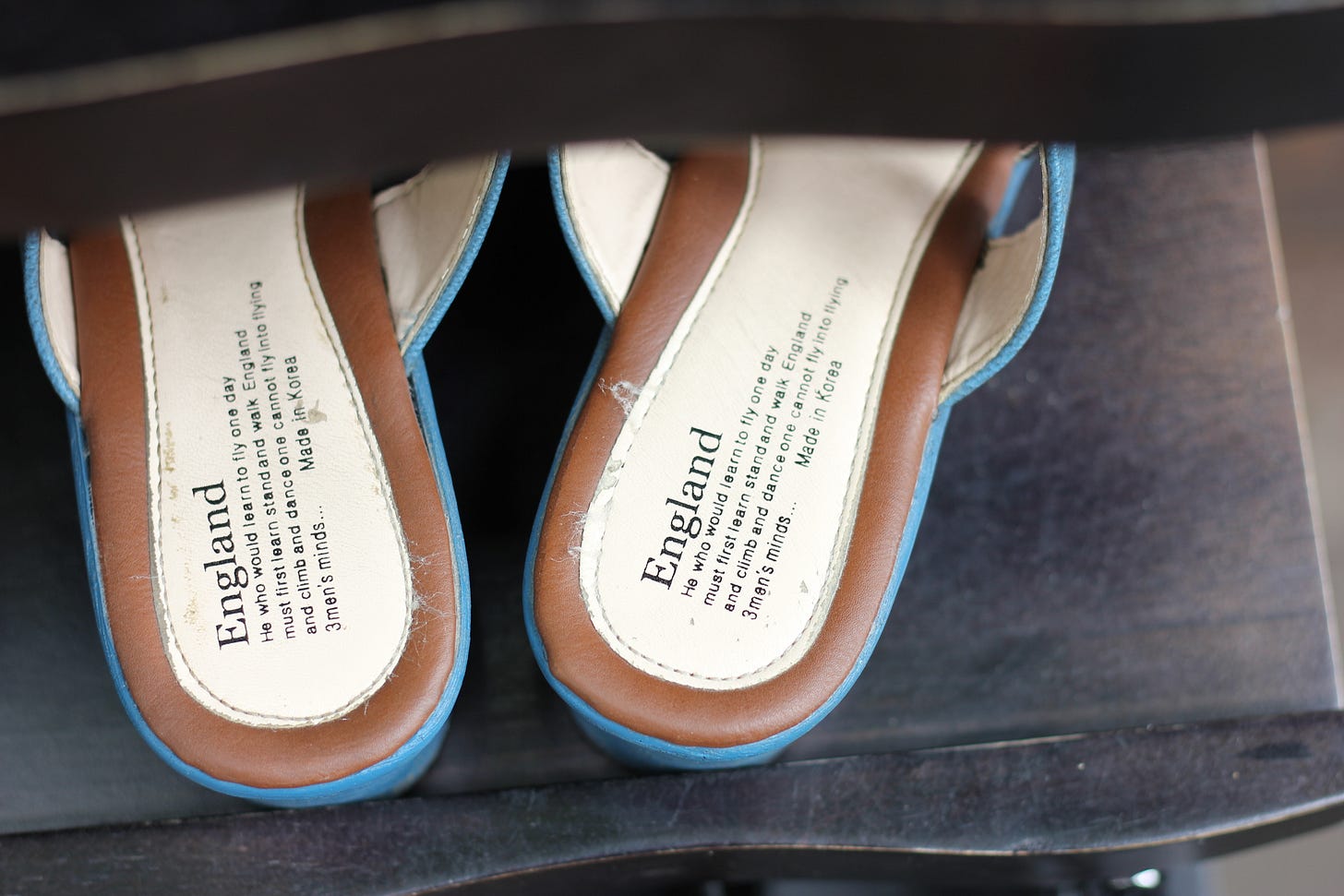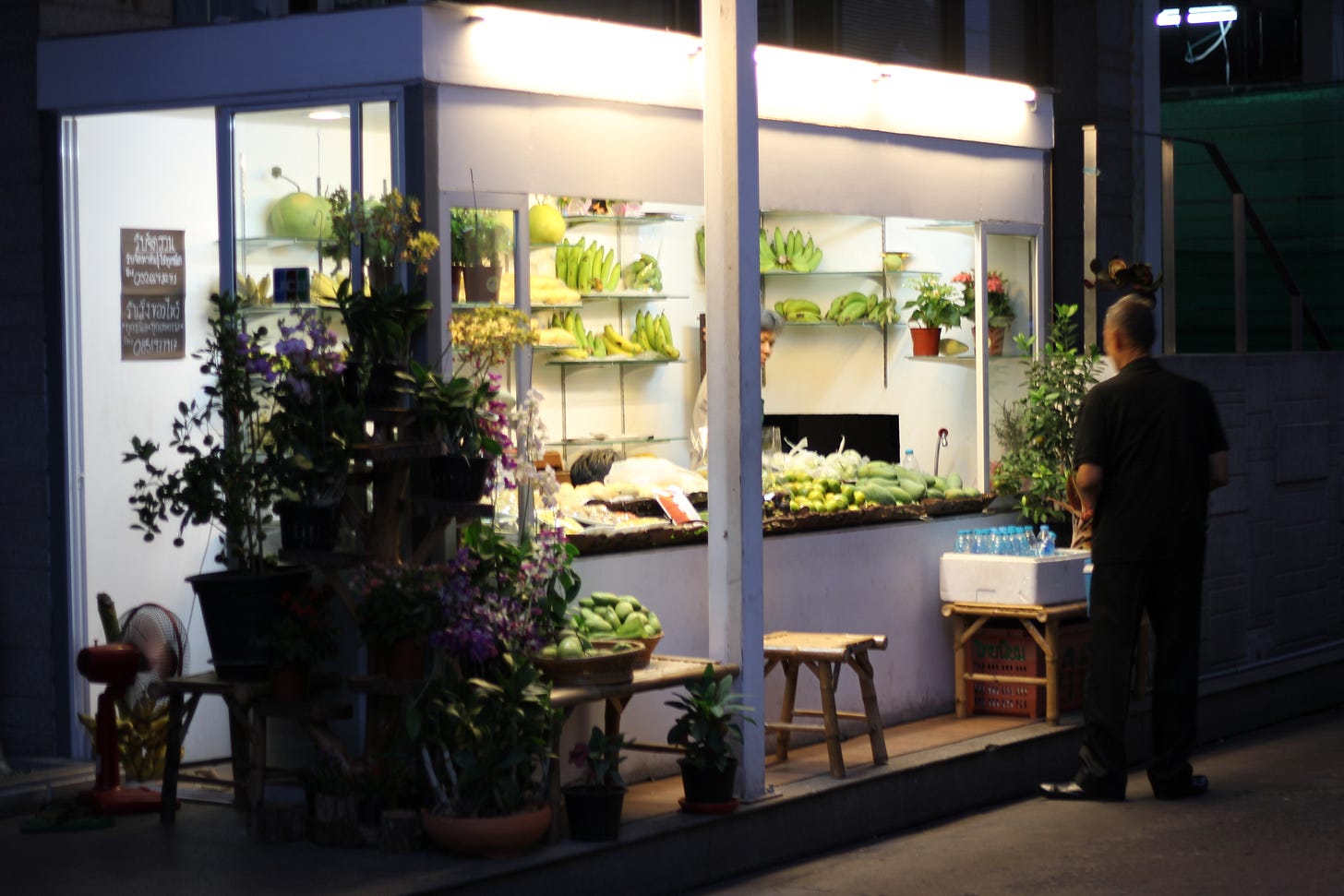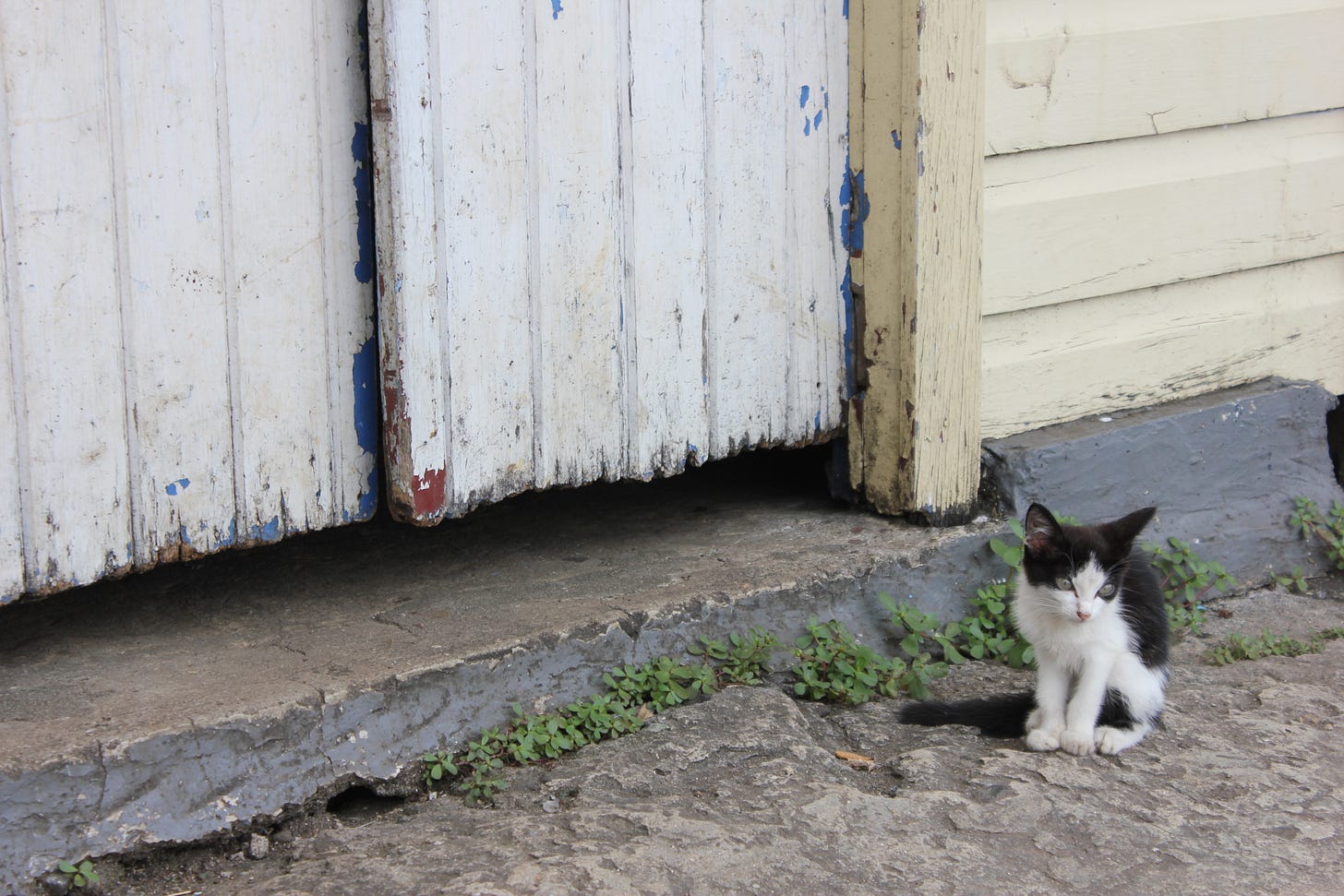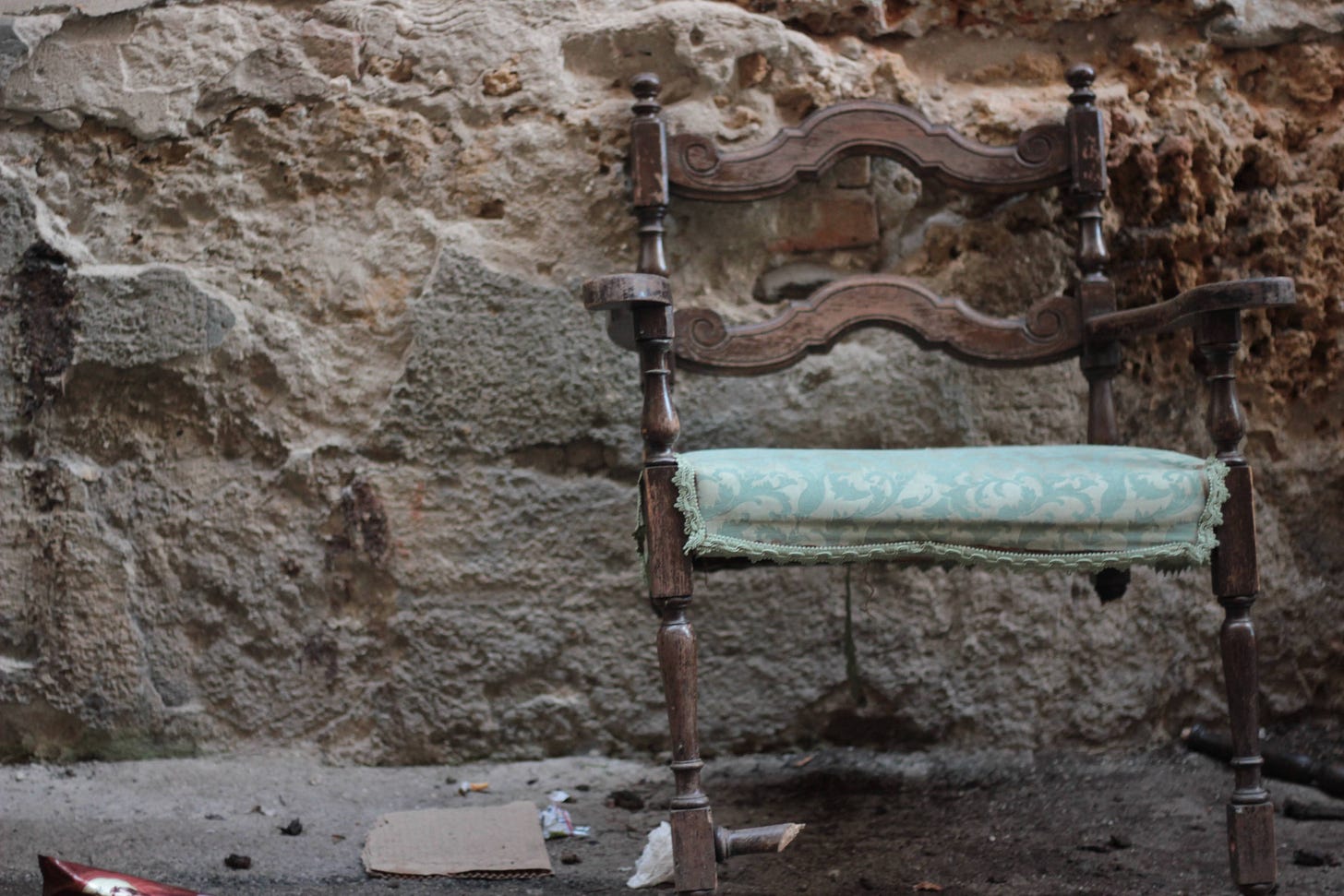The simplest, hardest way to "live like a local"
Recently, people have sent me messages asking for travel insight about specific cities I have either lived in or been to. Often, these messages ask me if I have any advice about how the sender can “live like a local.” The wording and intent are always the same: the sender wants to avoid “touristy” things and, instead, experience the destination as a long-term resident would.
The thing is, nobody ever actually wants to “live like a local” when they are traveling. Instead, they want to live like a romanticized, idealized version of a local that they have in their head, which generally means that they want advice on how to have a luxurious, personal experience that makes them feel like they are in a dream culture while they are away from their normal lives for a few precious days. In addition, they generally don’t want to be reminded of their utter foreign-ness; really, they want to be separated from other foreigners.
But for anyone who really wants to “live like a local,” the real anwser to these requests is simple, but not easy. Here are ten universal tips for how to actually live like a local no matter where you go.
1. Get a Visa that allows you to work, preferably with a route to citizenship.
If you want to understand local life, you will need to work, which means you will first need to get a visa that allows you to work legally.* One wonderful result: this will also allow you to stay in a place longer than a typical tourist. This visa could be a skilled worker visa, temporary worker visa, training or research visas, remote worker visas - you get the idea. Besides work, this visa will generally allow you to open a bank account, sign a lease for an apartment or house, pay taxes, and maybe even get a driver’s license. By hook or by crook, then, you need to get a visa that allows you to stay and make a living.
2. Use the Visa to get at least one job.
In most of the places I have gone, locals have at least one job, and, sometimes, two or three. Some of them are simply making money to survive; some are pursuing their passions; others are working multiple side hustles (backyard chickens for eggs, taking in sewing, etc.) to just make a few extra cents, knowing that a diversified income stream might help in hard times. To really live like a local, you need to do the same - get a job, no matter what that job might be (as long as it’s local - remote working for a “distributed” company doesn’t count). Having at least one source of income will also help you better understand things like local taxes, payment systems, work culture, bargaining, and the financial pressures that locals face. Plus, you get to make money! Whatever the job, working a local job is the second step to really living like a local.
3. Work really, really hard.
In London, people hustle two jobs just to be able to afford a closet-sized room; floor space that extends beyond the foot of their bed is often a sign of a connection to organized crime (or oil money). In New York, banks are under pressure to cap their junior worker office hours to something like 70 hours a week; in China, and indeed in much of Asia, 70 hours a week sitting at a desk sounds like a cute vacation compared to the drudgery of their low-paid factory jobs. In Cairo and Chicago, Lusaka and Luanda, Boston and Bangkok, people keep their noses to proverbial (and sometimes literal) grindstones.
You get the idea. Locals often work extremely hard to survive wherever they are living. If you want to live like a local, you will have to as well. The third step, then: hustle as hard as you do back at home to make a living.
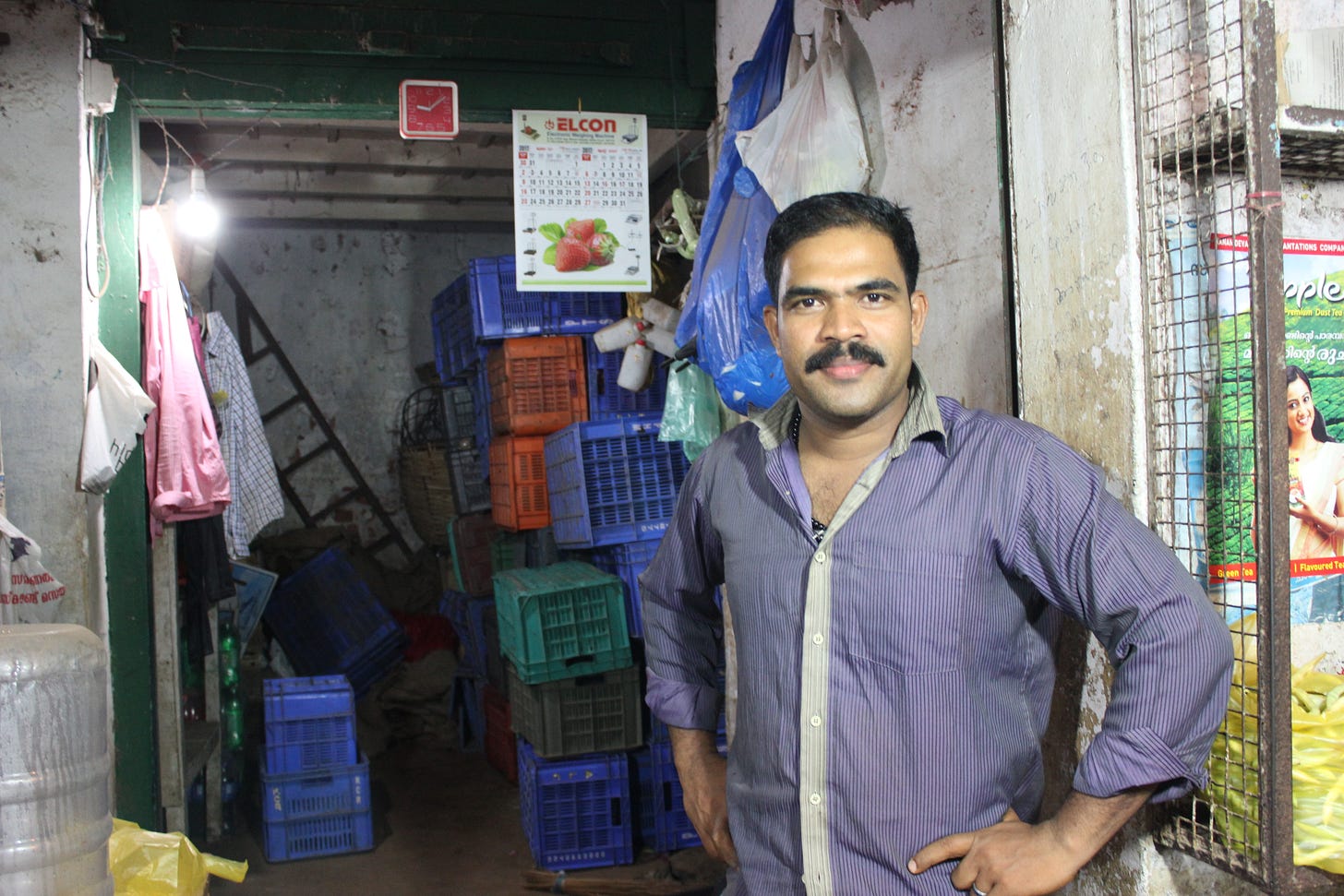
4. Learn the language
Learning the local language is non-negotiable. It’s not enough to have a few key words or phrases poorly memorized from a guidebook - you’ll need to be able to plead with a parking officer to not give you a ticket, ask the butcher how spicy the sausages are, understand what the bus driver is telling you to do with your shopping bags when the bus is crowded, and be a part of the inside jokes at work. Even if your job is to speak your native tongue, you need to learn to communicate in a different one; learning the local language is critical to going to a new place and “living like a local.”
5. Know where to shop
Harrod’s, Liberty, Selfridges - I don’t have the numbers, but I would bet that these stores aren’t profitable because London residents shop at them. Instead, their broadest customer base is likely tourists who want to walk out of their storied doors with ostentatious shopping bags that show others that they have shopped somewhere fancy. I’d bet the same applies to the Hermes and Louis Vuitton stores in Paris, or the Prada and Zegna stores in Milan; the clerks won’t be speaking English or Mandarin by accident.
When people want to live like a local, they want to be told to go to the fancy shops, because they often imagine that locals - at least in Europe - have extravagant lifestyles. But. The bulk of Londoners won’t get onions at Fortnum and Mason, and the majority of actual Parisians aren’t walking around with Birkin bags. Instead, for food, they will go to Tesco or Carrefour; for clothes, they probably shop at H&M or Mango. Perfume? Sephora, or maybe just whatever is available at the local pharmacy. Other daily needs? Sigh…probably Amazon.
The lesson: if you really want to live like a local, avoid luxury shopping binges; they won’t serve you. Instead, follow the crowds and go mass-market. It’s what the locals do.
6. Get stuff.
I don't mean, have things that you collect – I mean, accumulate, accumulate, accumulate. We live in an age of material abundance, and people everywhere, whether we're talking about California or Crete or Cambodia, accumulate lots of stuff, and don't get rid of it. If you want to really live like a local, forget about traveling light, or minimizing your footprint. When you find those local stores, go into debt supporting them.
7. In your free time, don’t go out. Instead, drink at home while binge-watching Netflix.
The vast majority of people, no matter where they are, spend a huge amount of their free time at home, staring at screens, regardless of whether they are with their families or alone. They don’t read books; they don’t go to exhibitions; they don’t join clubs. They look at their screens, often watching videos made by people who live completely different lives thousands of miles away.
If you really want to live like a local, try as much as possible to do the same – don't go out to the theatre, don't go to museums, don't go on tours to learn anything. Opportunity to engage with real people? Skip it. Chance to build a community, however temporary? Pass. Instead, buy a couple of bottles at the grocery store around the corner, take them home, and focus on a screen.
(Like the one you’re looking at right now.)
8. Walk down the street staring at your phone.
Similar to six: none of this “seeing the world around you” or “interacting with other people” malarky. No matter where you are, no matter what the culture is, hordes of people now walk down the street staring at the their phones, ignoring everyone and everything around them. You might be in the most beautiful, vibrant, interesting place in the world, and you can bet that people are not paying attention to it because of social media. If you want to live like a local, do the same. You get bonus points if you also have noise-cancelling headphones on so that sound and sight - the two most important senses for perceiving danger - are mostly taken away from you.
9. Rage against bureaucracy and an inefficient government.
Local and national governments everywhere seem to be run by complete morons, people who should not be trusted with their own credit cards, much less a sizeable budget or real power over others. You’ll soon start seeing problems with potholes, trash collection, public transportation, construction corruption - the list goes on and on. It’s important to know exactly what the problems are with wherever you are so that you can move on to step ten…
10. Leave.
Of the fifty people I was closest to from high school in San Diego, California, I know of four who stayed in the 619 area code. When I lived in LA, my closest friends planned to go to Portland, Chicago, Boston, and New York for more sophisticated culture or more interesting work, forgetting that half of the people in California are refugees from these colder cities. In Barcelona, people talked openly about going to Berlin or London (or, secretly, Madrid), where there was more opportunity; people in Berlin and London dream of moving to Barcelona for the weather and lifestyle. In Cleveland, people wanted to live two hours south, in Columbus, which they believed (accurately) was safer and more prosperous; when I visited Columbus, people talked longingly of moving to Cleveland, which they believed (accurately) was way more fun and interesting. People in Budapest couldn’t believe I was from California; why didn’t I stay there, in such a beautiful place? And people in Scotland regularly ask why I left America, while Americans think I am a genius to get out and establish a life in a place that isn’t batshit crazy.
No matter where people are, it seems that they want to leave, that the grass is always greener. So, if you want to really be like a local, ignore the good things about where you live. Don’t love where you are and don’t appreciate what you have. Instead, covet whatever it is that people have elsewhere, and do whatever you can to go somewhere else for at least a while - and possibly forever, if you can get the right visa.
That’s it. If you really want to live like a local someplace you are traveling, it’s a simple path, but not always easy. Thoughts? Pop them below.



